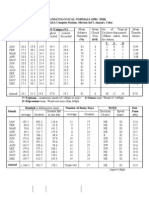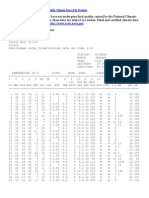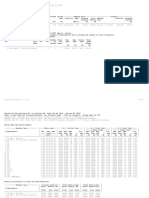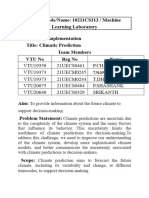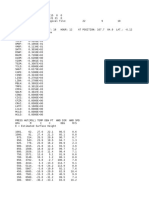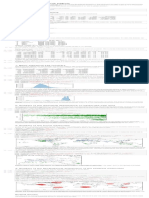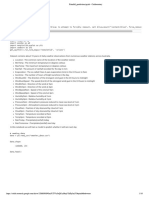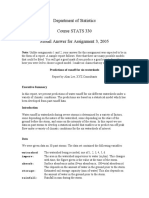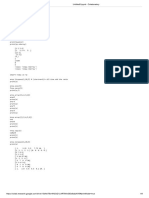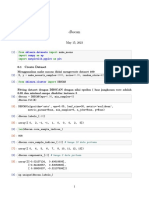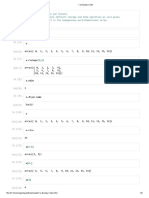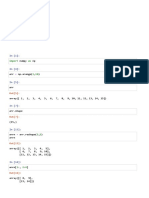0% found this document useful (0 votes)
8 views18 pagesData Science
The document contains Python code that processes a weather dataset using pandas, including reading a CSV file, cleaning the data by dropping certain columns, and sorting it by date. It also includes various visualizations of temperature data using matplotlib, such as scatter plots, bar charts, and line graphs. The code demonstrates how to manipulate and visualize weather data effectively.
Uploaded by
SCopyright
© © All Rights Reserved
We take content rights seriously. If you suspect this is your content, claim it here.
Available Formats
Download as PDF, TXT or read online on Scribd
0% found this document useful (0 votes)
8 views18 pagesData Science
The document contains Python code that processes a weather dataset using pandas, including reading a CSV file, cleaning the data by dropping certain columns, and sorting it by date. It also includes various visualizations of temperature data using matplotlib, such as scatter plots, bar charts, and line graphs. The code demonstrates how to manipulate and visualize weather data effectively.
Uploaded by
SCopyright
© © All Rights Reserved
We take content rights seriously. If you suspect this is your content, claim it here.
Available Formats
Download as PDF, TXT or read online on Scribd
/ 18








